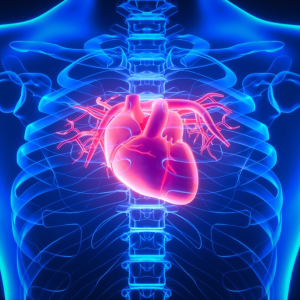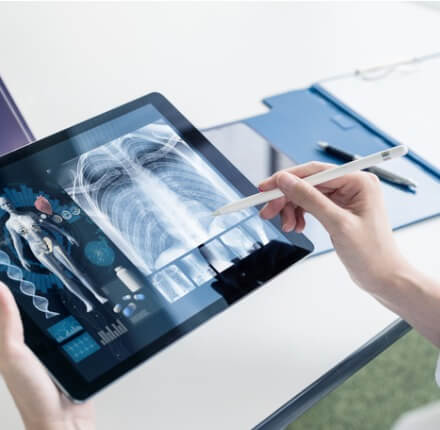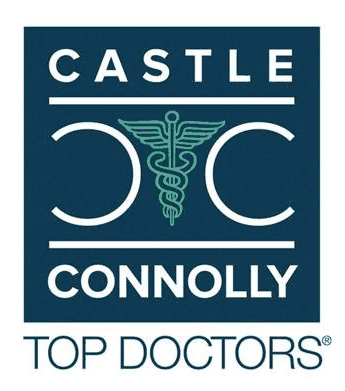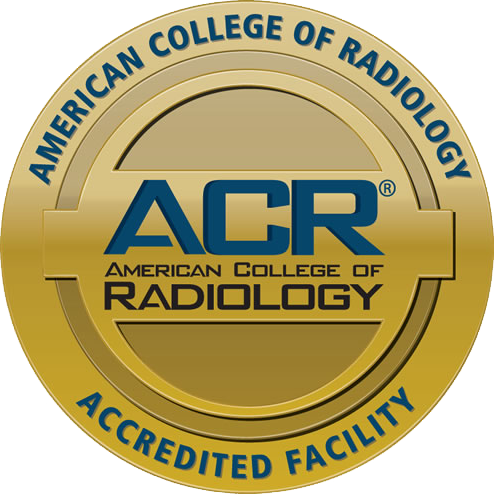The most common diagnostic imaging technologies used by radiologists are the following:
X-ray
This medical imaging technology uses low-dose radiation and a specialized plate to produce images of inside the body, especially the bones and joints. Digital X-rays use less radiation and are often used for that reason.
Computerized tomography (CT) scan
This medical imaging technology utilizes X-ray technology to take pictures of every angle of your body. A CT scan provides 3-D, highly detailed information which is useful for diagnosis and monitoring treatment. A CT scan can detect masses, tumors, bone and muscle disorders, injuries, and internal bleeding.
Magnetic resonance imaging – MRI
This medical imaging technology utilizes a large, powerful magnet and radiofrequency waves to create 3-D images of organs and tissues inside your body. An MRI can detect tumors, injuries, infections, and lesions. An attractive benefit is that MRI uses no radiation.
Mammography
This medical imaging technology uses low-dose radiation to detect breast cancer in its early stages. Digital mammography requires a much lower radiation dose to produce high-quality images of breast tissue.
3D Mammography
This medical imaging technology uses an imaging procedure in which an X-ray moves in an arc over the breast, taking multiple images from different angles. The 3D pictures are synthesized by a computer into thin, 1-millimeter images, making it easier to see tumors.
Ultrasound
This medical imaging technology produces live, real-time pictures onto a computer screen as the technologist, moves the ultrasound probe around the area of the body in question. Like MRI, ultrasound uses no radiation.
Why should you choose Specialty Imaging Associates?
Specialty Imaging Associates offers comprehensive diagnostic imaging services and uses only state-of-the-art tools and technologies. And as part of our services, we offer compassionate care. We believe you deserve nothing but the best.





